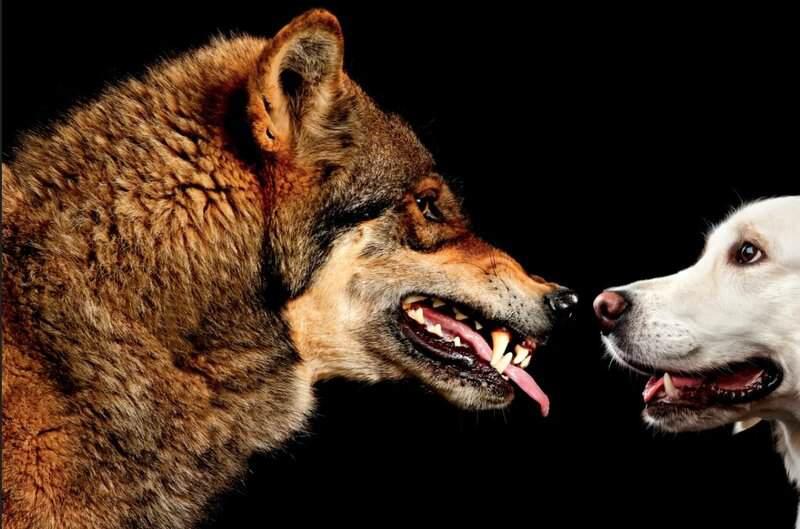The domestic dog, Canis lupus familiaris, holds a unique place in human history as our earliest animal companion. Unlike other domesticated animals whose origins are well-documented and linked to agriculture or pastoral needs, the domestication of dogs is deeply intertwined with human evolution, migration, and social structure. This article explores the evolutionary journey from wild wolves to modern dogs, and examines genetic, archaeological, anthropological, and cultural perspectives to trace the long path of dog domestication. Below are nineteen fascinating facts about how Stone Age wild wolves ended up as man’s best friend.
19. Cuddly and Friendly Fido Started Off as a Ferocious Wolf

Dogs are direct descendants of wolves, specifically now-extinct Pleistocene wolf populations. Genetic studies confirm that all domestic dogs descend from a common ancestor shared with the gray wolf, Canis lupus. However, the precise subspecies remains a matter of scholarly debate. Dog domestication began between 15,000 and 40,000 years ago, in the Upper Paleolithic period. That wide range reflects uncertainties in just how to interpret fossil and genetic evidence, but it’s clear that domestication began when we were still hunter-gatherers, and before we turned to agriculture.
That makes dogs humanity’s first domesticated species. There are several theories about how it came about. The most widely accepted is the self-domestication hypothesis. Early wolves may have scavenged near human campsites, and gradually formed a commensal relationship. Less aggressive wolves were more likely to thrive near humans, which led over generations to a more docile and human-tolerant population.



